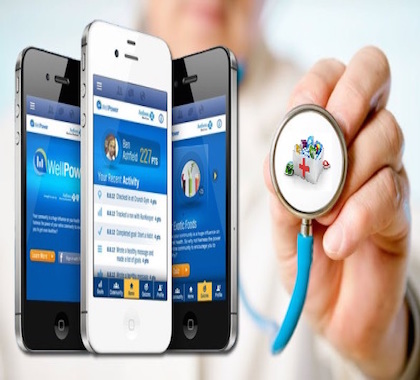In a white paper written by FDA executives and Commissioner Scott Gottlieb, M.D., and published by JAMA Network, the FDA states the proposed policy, which is in the public comment phase, would quicken the pace of digital software development by companies that have undergone a rigorous precertification process and would avoid long delays in getting telemedicine and other electronic-health smart phone and computer programs to consumers.
“Mobile apps are increasingly used in health care to promote wellness, treat and diagnose disease, aid clinical decision-making, and manage patient care in hospitals and homes,” the white paper states.
Ensuring Timely Access
An earlier FDA document, the Digital Health Innovation Action Plan, outlines several key goals for the project, including increasing the number and expertise of digital health staff at the FDA, launching the digital health software precertification pilot program (“Pre-Cert”), and issuing guidance to modernize FDA policies.
The proposed program is meant to encourage innovation and the free flow of information to consumers as a means of empowering them to take a more active part in their health care, the action plan document states.
“Historically, health care has been slow to implement disruptive technology tools that have transformed other areas of commerce and daily life,” the July 24 white paper states. “One factor that has been cited is uncertainty surrounding regulation that accompanies medical products, and how [FDA] regulations may apply to software platforms. … Efficient regulation can help promote adoption of mobile medical apps.”
‘An Affordable Alternative’
Arianna Wilkerson, state government relations manager at The Heartland Institute, which publishes Health Care News, says the proliferation of health care software and techniques such as telemedicine, telehealth, and other applications can open up competition and provide greater access and affordability to consumers.
“While not a silver bullet, telemedicine, and especially telehealth, apps offer an affordable alternative and real competition to traditional providers,” Wilkerson said. “Allowing these apps to expand could provide new options to patients while ensuring that existing providers are forced to step up their game and provide more affordable services.”
“Mobile medical apps may overcome the siloed, episodic, reactive nature of US health care, whereby patients seek care only after potentially costly health complications occur,” the FDA’s white paper states.
Expanding Access
Wilkerson says the FDA’s proposed policy could prove especially beneficial for those in rural areas and low-income neighborhoods who do not have ready access to physicians for face-to-face consultations, though the devil will be in the details of the final rules.
“Telemedicine has the potential to provide routine health care services to more people at a lower cost than traditional, in-person delivery,” Wilkerson said. “Unfortunately, excessive and burdensome government regulations prevent many Americans from accessing telemedicine services. The FDA’s effort to reduce some of these barriers to medical devices is a positive step forward, but these new rules must be carefully crafted. Making the rules too broad or vague may create uncertainty in the medical device industry, limiting the new rules’ effectiveness.”
INTERNET INFO:
Jeffrey Shuren, M.D, J.D.; Bakul Patel, M.S., M.B.A.; Scott Gottlieb, M.D., “FDA Regulation of Mobile Medical Apps,” July 24/31, 2018, JAMA Network: https://jamanetwork.com/journals/jama/article-abstract/2687221
Digital Health Innovation Action Plan, U.S. Food and Drug Administration, 2018: https://www.fda.gov/downloads/MedicalDevices/DigitalHealth/UCM568735.pdf




